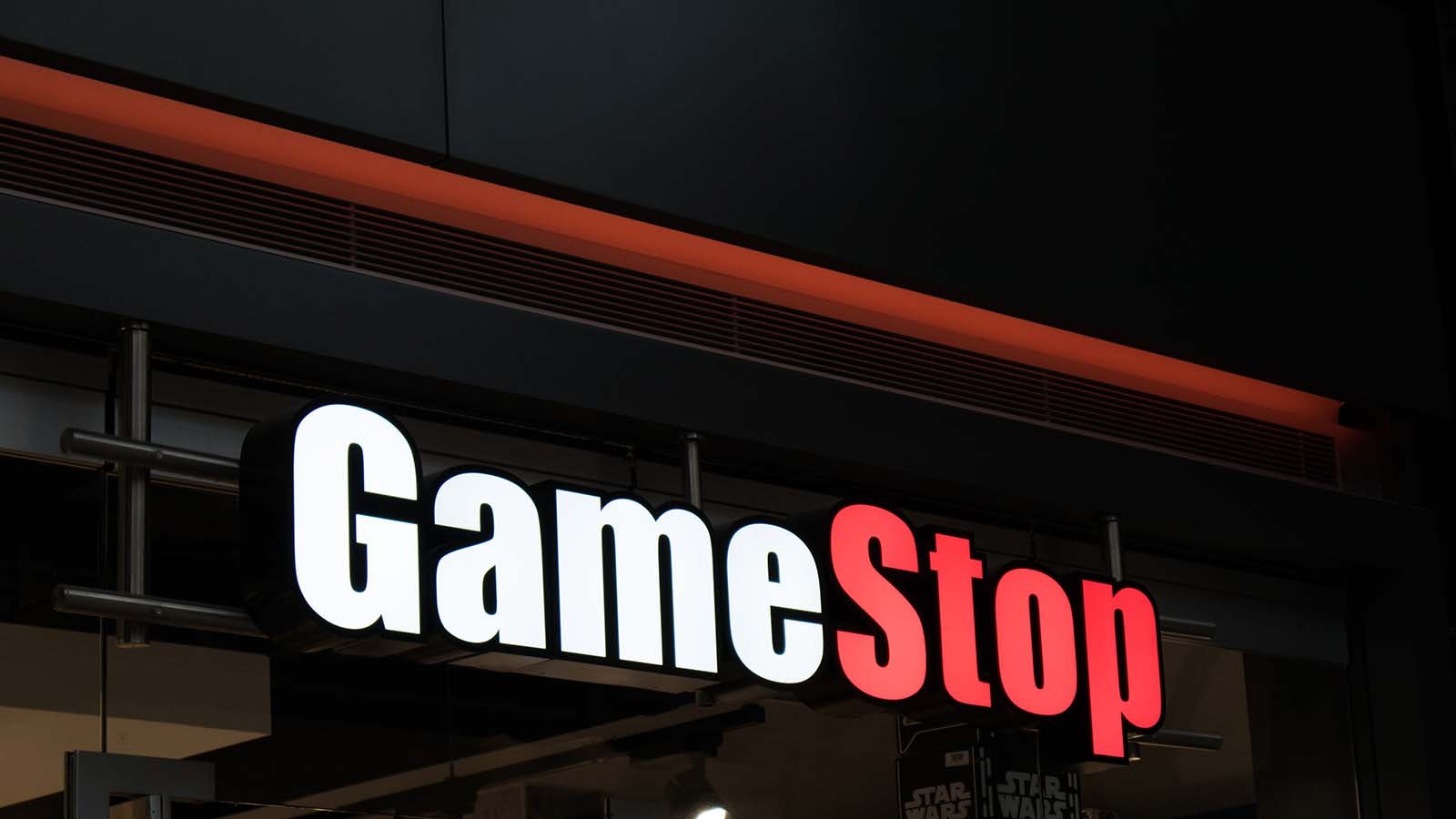Last week, I noted that short sellers were playing with fire by betting against GameStop (NYSE:GME). High call volumes and low short float meant the meme stock could quickly become a massive short squeeze.
On Tuesday, GameStop shareholders scored another win:
The company announced its first profit in two years.
Shares in the videogame retailer immediately jumped 20% in after-hours trading. By Wednesday, many options holders were booking 10X or more gains.
GME Stock: The Classic Wall Street Playbook
In a sense, GameStop’s profits were highly unexpected. In the same article, I noted how the lack of new consoles and supplier-driven issues would probably make the retailer’s earnings more of a “damp squib.”
But it turned out CEO Matt Furlong had an ace up his sleeve: a 15.8% reduction in corporate overheads. Even if revenues were down, profits could rise on extreme cost-cutting.
The result, of course, was fireworks. The $85.5 million in saved expenses would turn the company’s expected $48.5 million loss into a $48.2 million surprise profit. And though rank-and-file workers complain about the $8.25 per hour they make, Reddit investors are loving every moment of it.
It’s a classic Wall Street playbook that other managers have used before. Come in with a new CEO… cut staff… upsell the most profitable items… and attempt to manage cash flows with careful inventory control. We’ve seen this at other “sunset” retailers like Gap (NYSE:GPS) that try to extract as much value as possible before their business disappears entirely.
Even Elon Musk has arguably used these tactics to preserve cash at Twitter. But that’s another story.
What’s GameStop’s Game Plan?
Ordinarily, shareholders should be ecstatic about GameStop’s wind-down plans. The company embarked on its “managed decline” path in 2016 after its forays into online gaming and game development failed. Its acquisition of browser-based game firm Kongregate was sold in 2017 for $55 million, and the current cost-cutting by Furlong is an extension of that strategy.
It’s a path that has enriched shareholders before. DVD kiosk company Redbox Entertainment pulled this feat off magnificently — milking its locations for cash before selling out to private equity firm Apollo Global Management (NYSE:APO) for $1.6 billion. Even Gap has done a remarkable job. Since 2010, the struggling retailer has distributed $13 billion back to shareholders through dividends and share buybacks. The firm is now worth only $3.5 billion on public markets.
But GameStop’s high share price makes that option less viable. Even if the company managed to pump out $127 million in free cash flow by 2025, the declining use of physical game discs means that 3-stage DCF models price GameStop shares at only $5.40. The company would need around $600 million in annual free cash flow to justify its $7.5 billion market capitalization.
The Slow Wind-Down
Such wind-downs also have long-term costs. In Q4, GameStop spent just $11.6 million on store upkeep, about half of the $21.3 million they spent in Q4 2021. It’s a short-term way to save cash that eventually becomes more significant expenses later.
The lack of store upkeep also makes the physical locations less attractive to customers. It’s why Sears Holdings and Tuesday Morning eventually went under. Customers might put up with aging stores for a while, but my experience as a retail analyst has taught me that retailers hit a tipping point around the 8- to 10-year mark. Once stores are neglected for longer than that, customers will stop showing up. People will put up with broken air conditioners and moldy rugs for only so long.
GameStop has also slowed the development of its more “moonshot” ambitions. The company is no longer recruiting for any Web 3.0 or NFT positions, and its NFT trading platform has remained in beta for months.
“We’re going to aggressively pursue further cost containment, efficiency, profitability and pragmatic growth in the categories where we can consistently delight our customers,” Mr. Furlong said in his Q4 earnings call. Not exactly a call for hypergrowth projects.
GME Stock: It’s 2018 All Over Again
Between June 2012 and October 2013, shares of GameStop rose over 225% as the company promised new avenues of growth. The firm had just completed several splashy acquisitions, including Spawn Labs, a tech startup that allowed users to play video games in the cloud. The Grapevine, Texas-based retailer also bought a digital game distribution firm that could have competed with Valve’s Steam Games.
These dreams, however, failed to work out. By 2017, CEO J. Paul Raines had resigned from the firm for health reasons. GameStop would then see a revolving door of leaders tasked with shrinking the firm. Over the next three years, the firm returned over $1 billion to stakeholders through dividends and retirements of stock and debt.
Investors might have felt a sense of deja vu in 2021, when activist investor Ryan Cohen replaced much of the company’s board and management with executives promising growth. And they would have seen history repeat itself as GameStop went from pushing NFTs and Web 3.0 gaming to cutting costs by 15%.
GameStop’s “new” direction looks much like its old one. On Tuesday, the Wall Street Journal revealed that Mr. Cohen had met with Furlong in 2022 to “abandon the e-commerce plan, shore up cash and focus on stores.”
And unless its management can find new growth streams, shareholders should expect more of the same buybacks and corporate shrinking that has defined so much of GME’s recent past.
On the date of publication, Tom Yeung did not hold (either directly or indirectly) any positions in the securities mentioned in this article. The opinions expressed in this article are those of the writer, subject to the InvestorPlace.com Publishing Guidelines.
